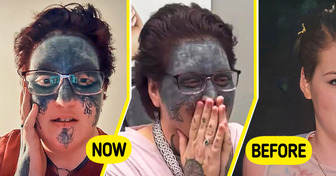13 People Who Walked Out of Hair Salons with Truly Unforgettable Experiences
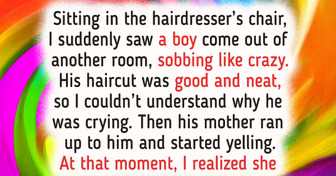
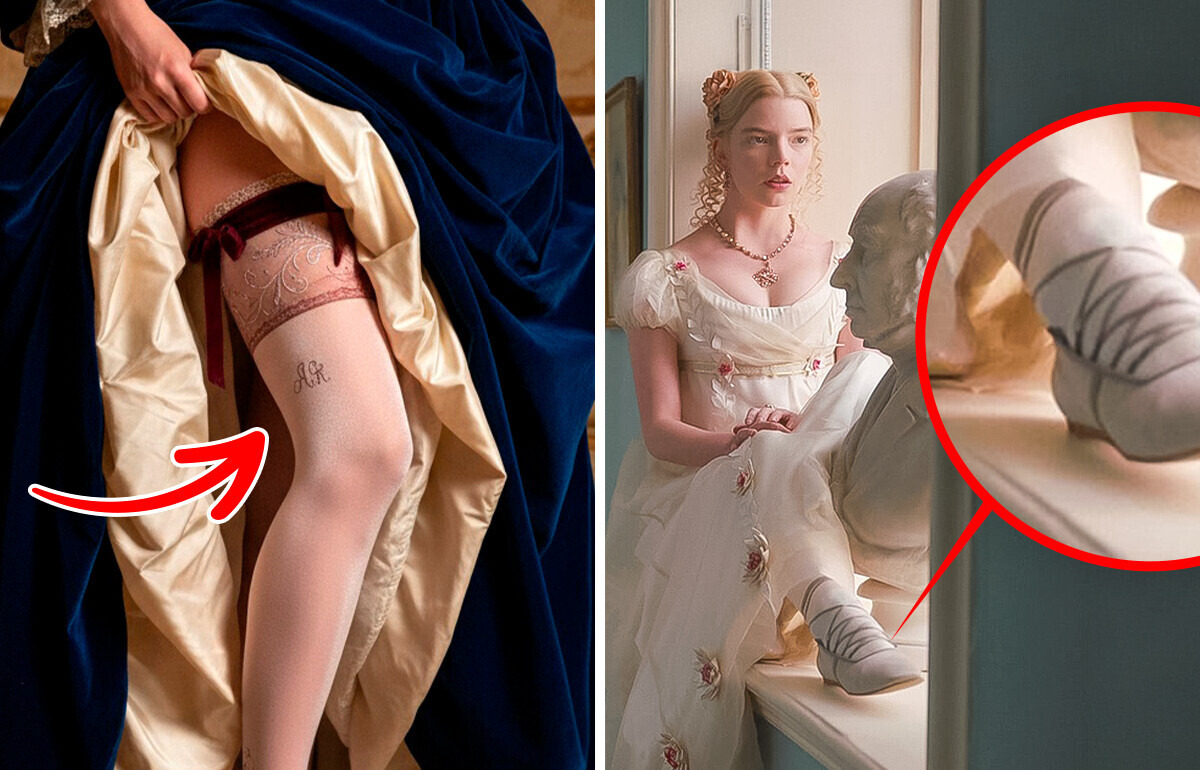
Fashion has always had a flair for the unexpected. Take eyeliner, for instance — it was first used by the ancient Egyptians, only to resurface thousands of years later in the 1920s after the discovery of a pharaoh’s tomb. The world suddenly became fascinated with all things Egyptian, from pyramids to those signature dark circles around the eyes. Who would have thought a long-lost mummy could spark a global beauty trend?
Join us as we explore the strange, extravagant, and sometimes downright bizarre things people have done in the name of fashion — trends that range from kitschy to grimy, and yet, somehow, utterly captivating.
One Victorian newspaper tells about a woman who created a spectacular piece of jewelry. She strapped a diamond to the back of a beetle and trained it to fly around her neck, creating a necklace. Whether this story is true or not, one thing was undeniable: insects were trendy.
Trendy ladies dotted their hairdos with fireflies and leashed live beetles to pins, letting them roam over their bodices. Dresses were embroidered with real beetle wings, and hairpins were perched with moths. Despite how gross it sounds, the dresses actually looked amazing: the colors were very vibrant and shiny, and the decorations didn’t look like bugs at all. Think of it as 19th-century glitter.
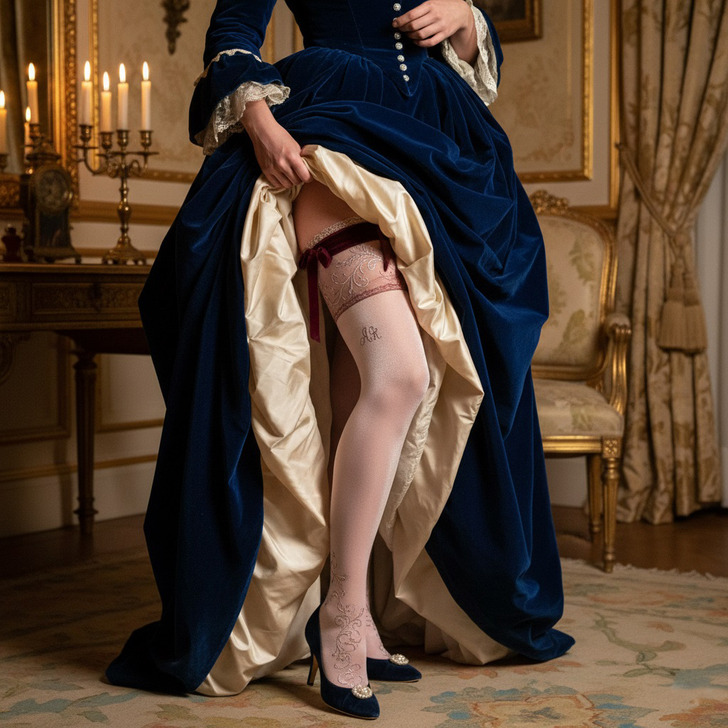
It may sound surprising today, but just a few centuries ago, stockings were considered a true symbol of luxury and high social standing. And it’s easy to see why: for a long time, they were crafted from fine silk and meticulously sewn by hand. The process was both time-consuming and costly, making stockings an exclusive item reserved for the elite.
They also demanded special care — one careless move could leave a snag on the delicate fabric. But when worn, their silky sheen made the legs look simply exquisite.
By the early 20th century, the invention of artificial silk — viscose — changed everything. Stockings began to reach the middle class. While they lost a bit of their former opulence, they retained that same smooth shine and became far more practical for everyday wear.
In the 1960s in the US, a new type of novelty item arose: clothes made of paper. The market went bananas with paper dresses, vests, bridal gowns, and even underwear, bikinis, and raincoats. The designs were pop-culture-inspired and whimsical, but naturally short-lived and didn’t last longer than 2-3 wears. What could be more “fast fashion” than that?
Young girls in the 1920s — a generation called flappers — did a lot to assert themselves. Bobbed haircuts, skirts shorter than their Victorian mothers could imagine, and — scandalous! — the clear view of their bare knees. Furthermore, sometimes they painted pictures on their knees to accentuate their daring rolled stockings and with it — their independence.
In society’s eyes, these painted knees were the flappers’ version of the thong straps above low-waist jeans, or temporary tattoos in the form of: flowers, butterflies, ocean scenes, and the faces of their sweethearts or their family’s dog.
In the 18th and 19th centuries, beauty standards demanded that women have small, delicate feet. Since shrinking one’s feet was impossible, women resorted to wearing shoes that were deliberately too small or made from very thin fabrics. The harder the shoes were to put on, the better they were considered to fit.
These fragile shoes, often crafted from lightweight materials with nearly invisible soles, were uncomfortable and wore out quickly — sometimes falling apart after just a few days, especially when worn on cobblestones. The famous writer George Sand even chose to wear men’s clothing to avoid the constant expense of replacing them.
For some unknown reason, someone in the 1940s decided that it would be cool if women had cone-shaped breasts, that looked like a bullet or a rocket. Thus bullet bras came to be. They were very popular in the ’50s, yet Madonna famously wore one on her tour in the 1990s. Each time you see a female robot with a triangle bust — it’s the bullet bra’s legacy you’re seeing.
Forget the dandy: it’s time for the macaroni to take the fashion stage. This was the name for trendy fellows in 18th-century England, who dressed and spoke in an extremely outlandish manner for their time. Skinny men wearing tight pants, short coats, flashy shoes, striped socks, and last but not least, their trademark exaggerated wigs. Someone who we could confidently call an 18th-century hipster.
Who would want to wear a bracelet made of their loved one’s hair? Well, Victorians did. It was considered a more somber type of jewelry, often associated with mourning. In the 19th century, hairwork became a popular hobby, contesting knitting and crocheting, and ladies learned how to twine small strands of hair into intricately done rings, earrings, bracelets, necklaces, and sometimes even bags.
The simple truth behind this fashion is that people died a lot back then. It wasn’t unusual to lose several family members by the age of 30. Subsequently, people spent a lot of time in mourning, and a whole mourning fashion emerged. It was a mindset very different from ours: if you’re gonna be in mourning every 6 months, you’d better rock it.
Back in time, when pants weren’t yet a normal part of the female wardrobe, one lady was noticed in a strange outfit, consisting of a short skirt, a tunic, and pair of Turkish pants. Amelia Bloomer, an editor of the first newspaper for women, saw that outfit and said something along the lines, “Girl, that’s a look” and decided to give it a try. She shared the idea with her readers and kicked off a literal fashion craze.
There’s a beautiful shade of green called Scheele’s green, which could be achieved by dyeing cloth with arsenic, a lethal chemical element. In the Victorian era, arsenic was sold freely in grocery stores and often used as a coloring pigment. Many people suffered skin reactions, and some of the dress-makers died from exposure. You can safely call it killer clothing.
The upper classes of the 16th century went absolutely feral with bombasting. Bombast was a mixed form of stuffing that went everywhere — arms, legs, shoulders, and even bellies, to make these body parts seem larger. In extreme cases, people would carry around 6 pounds of this stuff inside their clothes.
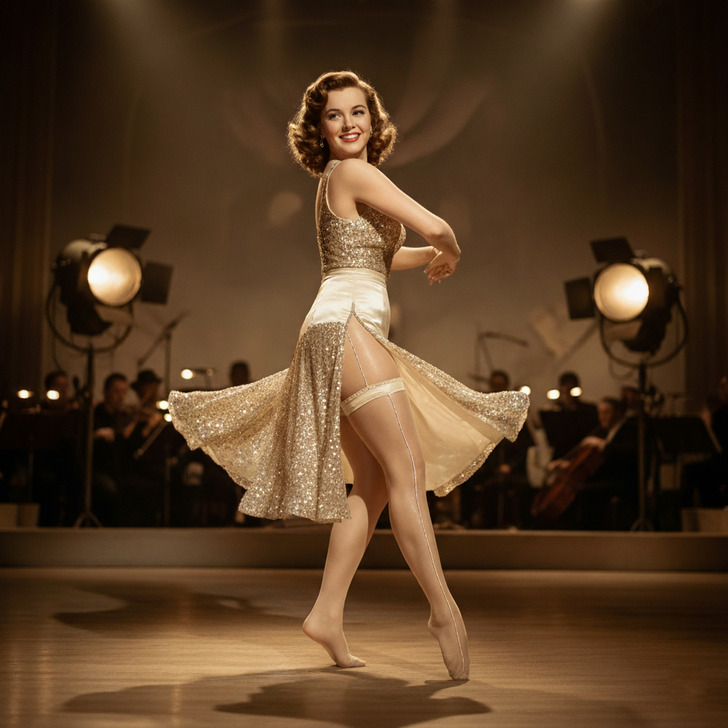
Art played a major role in shaping the history of hosiery. Nylon stockings quickly became a favorite among actresses and dancers, often making their way onto both the big screen and the stage. According to American actress Ann Miller, women in show business even had to sew their stockings directly to their panties.
Be sure to check out our other article, where we uncover long-held health myths we believed for years — until science finally set the record straight.



